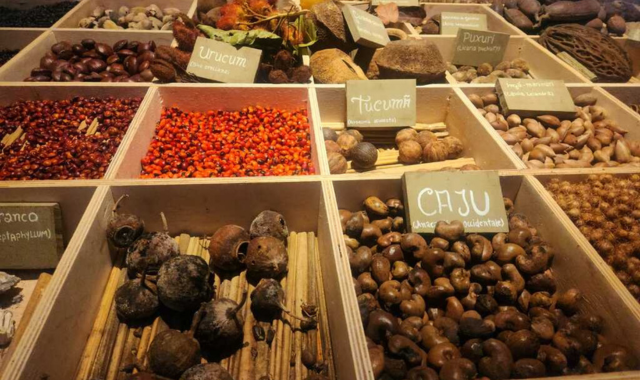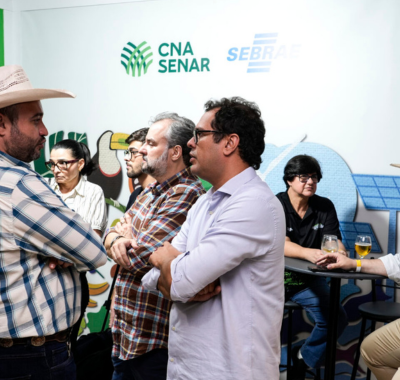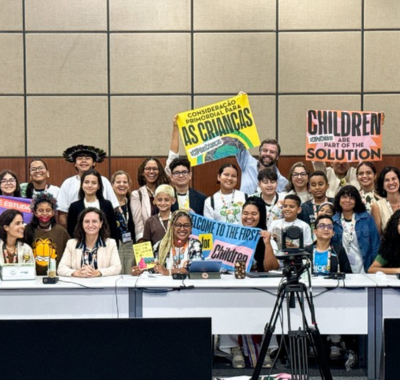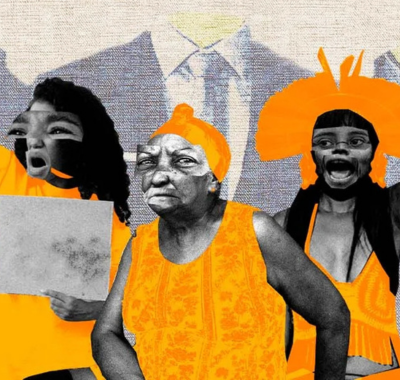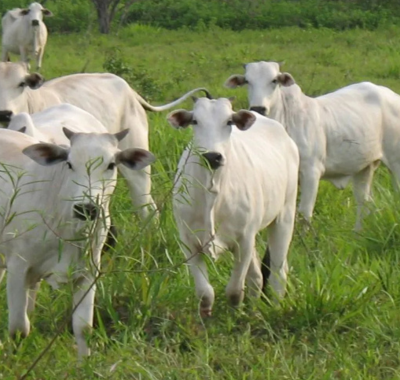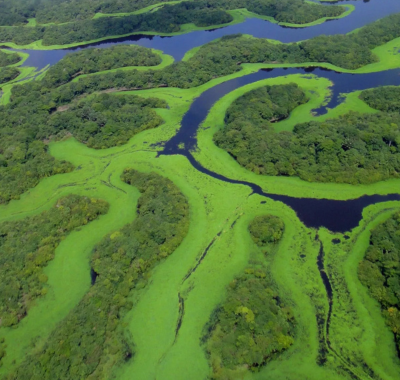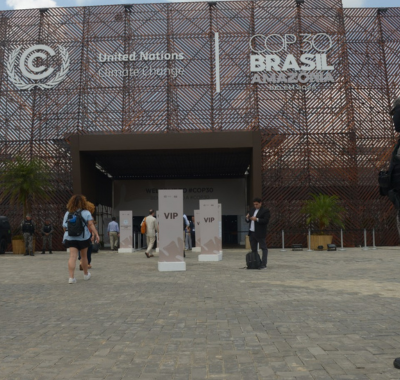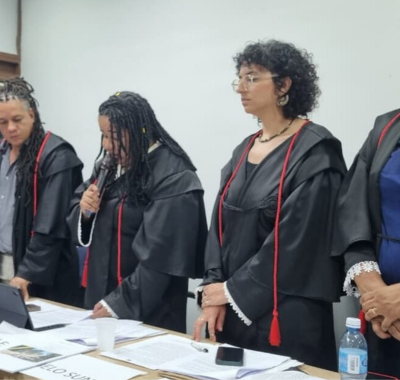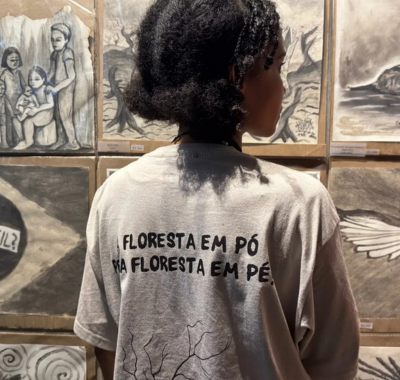Casa da Floresta: Where the Amazon teaches, welcomes, and points the way to the future
By Reinaldo Canto
___________________________________________________________________
I spoke at length with João Meirelles, director of the Peabiru Institute—a nonprofit that’s been based in Belém, Pará, for 23 years—and one of the creators of the Casa da Floresta (Forest House) project. As always, Meirelles talked about the Amazon with the naturalness of someone who lives with it every day and with the urgency of one who knows that time is running out to save its ways of life. “Casa da Floresta is a place for meeting and experimentation,” he explained, emphasizing that the space was conceived not as a traditional visitor center but as a living organism—pulsing with science, culture, traditional knowledge, and a generous dose of Amazonian creativity.
And it makes sense. The project is a partnership between the Peabiru Institute and São Paulo State University (Unesp), which is for the first time spearheading a structured initiative in the Amazon region of Pará. Located minutes from Belém in the municipality of Acará, Casa da Floresta serves as a reference for social technologies, blending university extension, research, and territorial innovation.
This effort also expands Unesp’s horizons. Historically focused on its southeastern campuses, the university is now establishing a firm—and humble—foothold in the Amazon biome. This marks the first concrete initiative in a broader strategy to integrate initiatives across Brazil’s diverse biomes: listening more, imposing less, and learning from those who already know.
My visit revealed this vision in practice. Casa da Floresta fosters dialogue among the forest, science, and local community, establishing a space where each element is valued. Social technologies and accessible solutions aren’t just on display—they are operating and being improved every day: rainwater harvesting, affordable basic sanitation, solar power, meliponiculture, agroforestry, and other initiatives that empower communities and honor traditional knowledge.
A walk through Casa da Floresta makes its philosophy clear: the goal isn’t to “bring” development, but to build it together with the community. That distinction is profound. Meirelles emphasizes that the forest is the starting point—but it’s the people, their wisdom, and way of life that give the project meaning.
As COP30 brings global discussions on climate, ecological transition, and environmental crisis to Belém, Casa da Floresta stands as a powerful counterpoint. While the world debates the Amazon in air-conditioned auditoriums and on digital panels, here the opposite is proposed: envisioning the future from within the territory—rooted in the forest, respecting and hearing from those who live in and alongside it.
If one central message radiates from this space—shaped by Peabiru’s values and Unesp’s guiding hand—it is that the Amazon needs more than protection. It must be understood, lived, and learned. This is only possible when science and tradition walk together.
Casa da Floresta may be small in scale, yet its meaning is profound. Those who arrive—just as I did early this morning—depart changed, if only subtly: with the conviction that the future of the Amazon is not written solely through public policies or grand accords, but through initiatives such as this, where the forest is teacher and the community, protagonist.This report was produced by Envolverde as part of the Socio-environmental Collaborative Coverage of COP30. Read the original article in Portuguese here.

